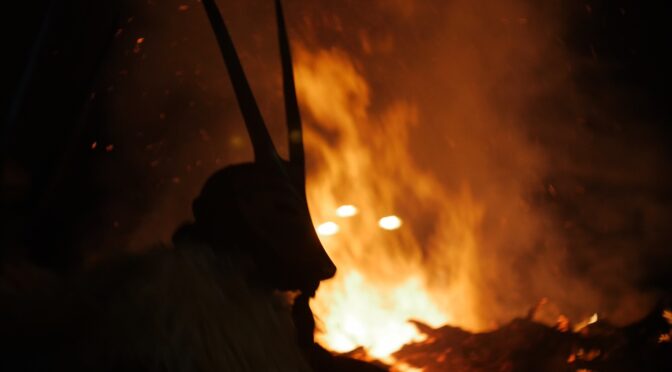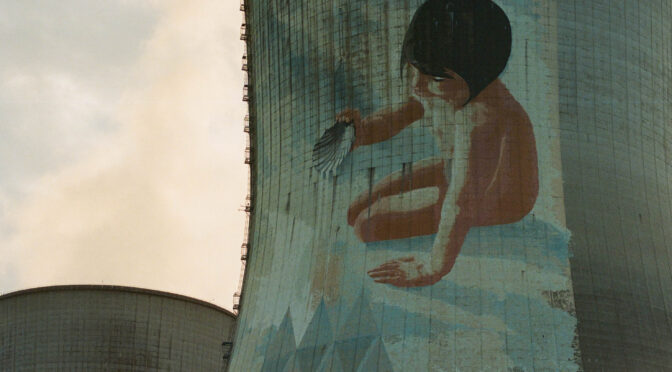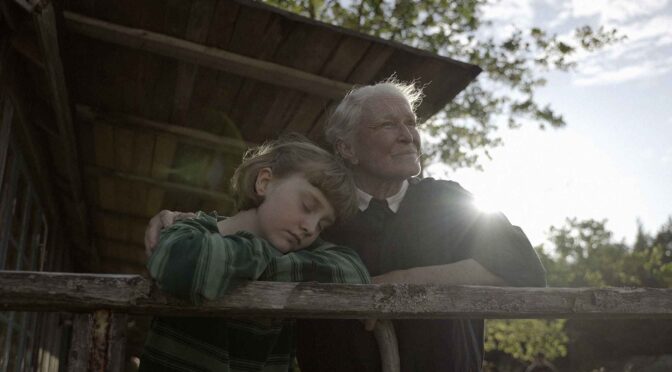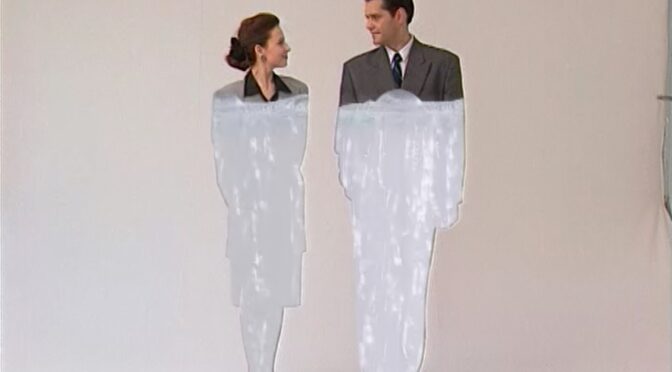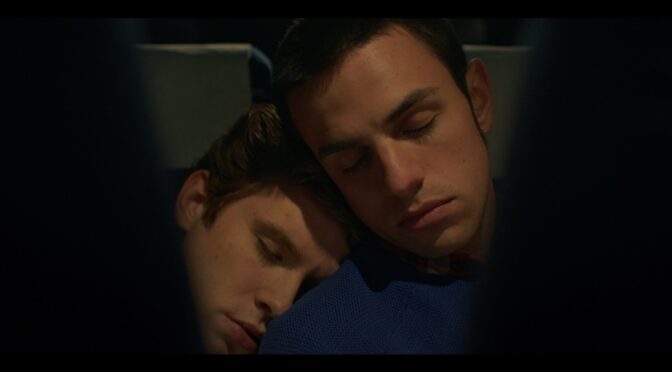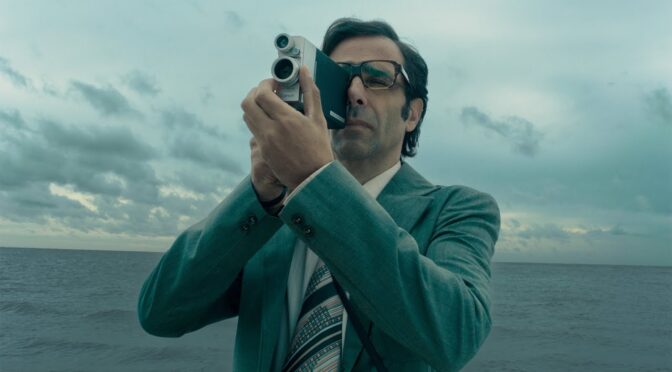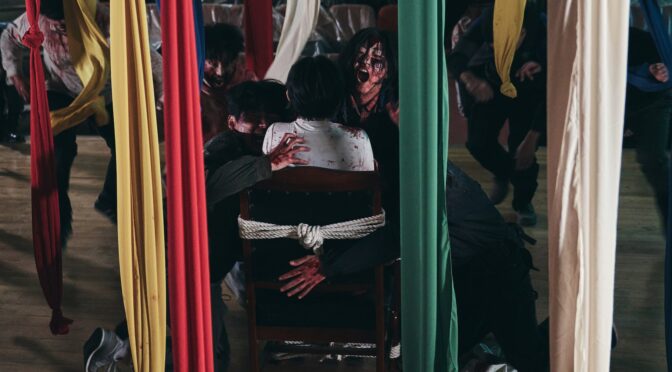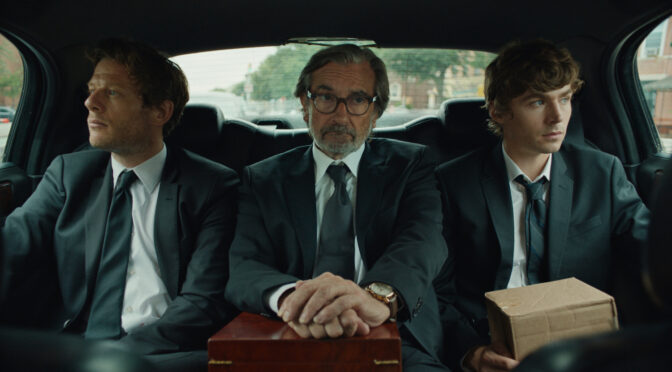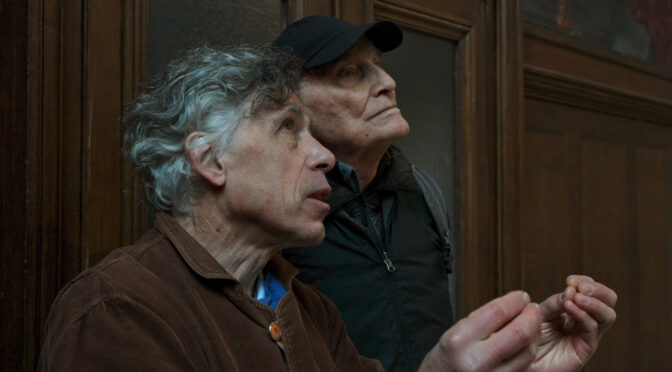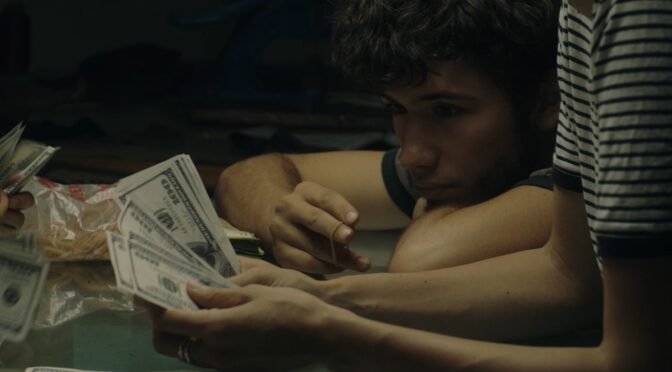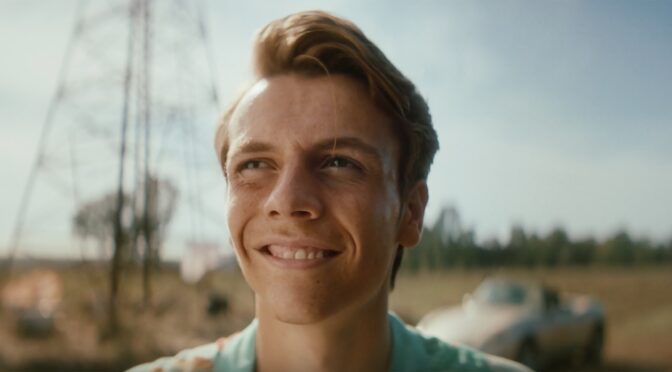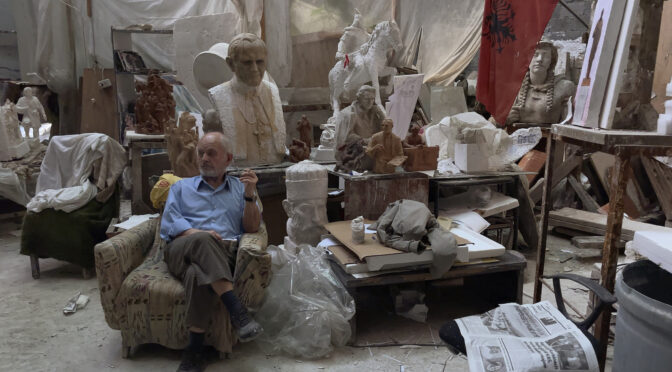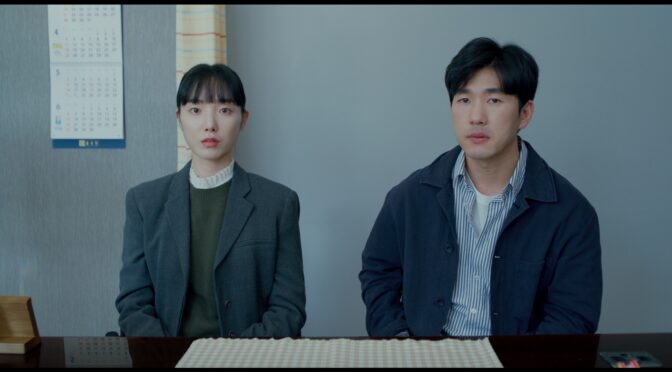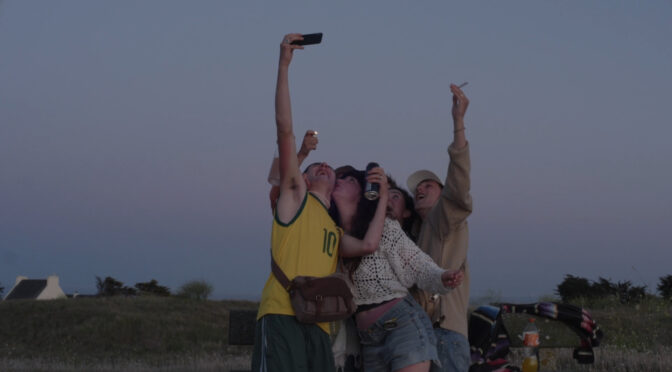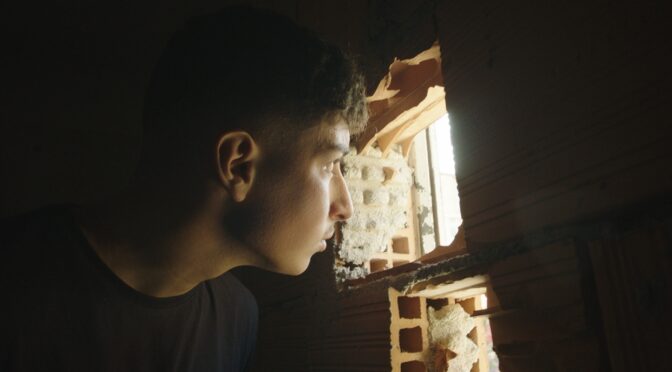Article by Lisa Cortopassi
Translation by Martina Bigi
Darkness, cold. A metallic melody and an off-screen voice introduce the spatial and thematic coordinates of Immémorial, Chants de la Grande Nuit. Legend has it that, in a primordial moment, the Gods tore the Night to reveal the “world of things.” This is how form, language, and day were created. Using this myth as a framework, Béatrice Kordon investigates on the “immemorial” time: a time that is both past and future, a time that leaves no trace and waves between death and birth, darkness and light.
Continua la lettura di “IMMÉMORIAL, CHANTS DE LA GRANDE NUIT” BY BÉATRICE KORDON
